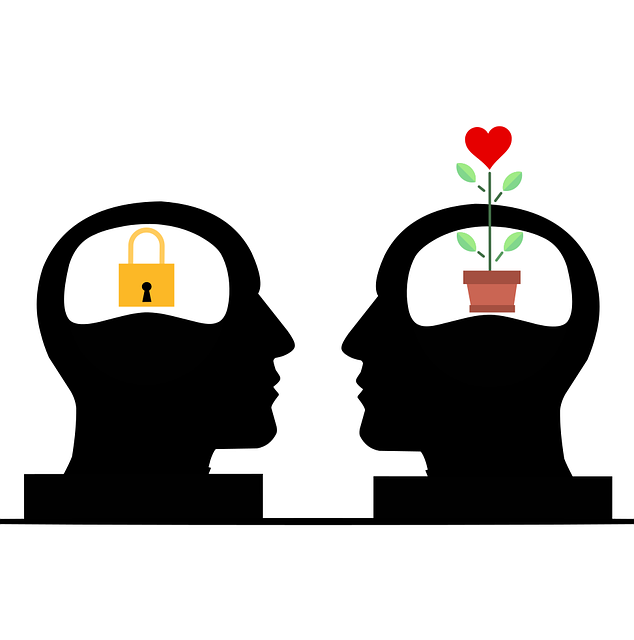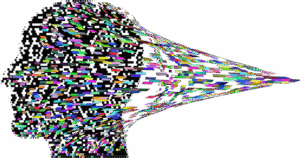Play therapy is a child-centric approach to mental health psychotherapy, leveraging play as a natural language to express feelings and process experiences. In a safe, nurturing environment, therapists guide children through imaginative play, arts, and storytelling to explore thoughts, emotions, and behaviors. This method fosters self-awareness, problem-solving skills, and healthier emotional responses, contributing to improved mental health and well-being. Play therapy offers diverse techniques tailored to individual needs, incorporating art, music, and movement for non-verbal expression. It provides a complement to traditional psychotherapy, offering creative outlets for emotional release and self-exploration, ultimately enhancing therapeutic outcomes and the child's overall mental health.
Play therapy offers a unique and gentle approach to improving children’s mental health and emotional well-being. This therapeutic method leverages play, an innate behavior in children, as a powerful tool for self-expression and healing. In this article, we explore the benefits of play in psychotherapy for children, from creating safe spaces to diverse techniques and artistic expressions. Understanding how play therapy addresses emotional expression and trauma, while measuring its success, provides insights into enhancing mental health support for young minds.
Understanding Play Therapy: A Gentle Approach to Child Mental Health

Play therapy is a unique form of psychotherapy that utilizes play and games to help children express their feelings, process experiences, and develop coping strategies. Unlike traditional adult-focused therapy sessions, play therapy acknowledges that children’s primary language is play, making it an effective way to understand their emotional and psychological well-being. By creating a safe and nurturing environment, therapists enable children to explore their thoughts, emotions, and behaviors through imaginative play, arts, and storytelling.
This gentle approach to mental health takes advantage of a child’s natural tendency to play, allowing them to communicate at a pace comfortable for them. Through play, children can access and convey their inner world, helping therapists identify issues such as trauma, anxiety, or depression. By engaging in this therapeutic process, children build self-awareness, learn problem-solving skills, enhance social interactions, and develop healthier emotional responses, all of which contribute to improved mental health and overall well-being.
The Benefits of Play in Psychotherapy for Children

Play therapy is a powerful tool within the realm of mental health psychotherapy for children, offering numerous benefits that cater to their unique emotional and developmental needs. Through play, kids can express themselves freely, often conveying thoughts and feelings that may be difficult to articulate verbally. This non-threatening medium allows them to explore their emotions, process traumatic experiences, and develop coping strategies in a fun and engaging manner.
In the context of psychotherapy, play serves as a bridge to enhance self-awareness, empathy, and social skills. It encourages children to engage with their peers, fostering teamwork and improving communication. Moreover, play therapy can boost self-esteem and provide a safe space for kids to take risks, make mistakes, and learn from them without fear of judgment. This process facilitates personal growth, enhances problem-solving abilities, and contributes to overall mental well-being.
Creating a Safe and Supportive Environment for Play-Based Therapy

In play therapy, creating a safe and supportive environment is paramount for fostering open communication and encouraging exploration. The space should be designed to make children feel secure, comfortable, and accepted. This involves not just physical safety but also emotional security. Therapists use various techniques to achieve this, such as maintaining consistent routines, using age-appropriate toys and materials, and establishing clear boundaries. By creating a welcoming atmosphere, children are more likely to express their thoughts and feelings freely through play, which is essential for mental health psychotherapy.
A supportive environment also involves active listening and empathy from the therapist. Children should feel heard and understood, allowing them to build trust. This rapport enables them to engage in imaginative play, which can help process emotions, resolve conflicts, and develop coping mechanisms. The goal is to make therapy a positive experience that enhances their overall well-being rather than a place they dread or fear.
Different Types of Play Therapy Techniques and Their Applications

Play therapy offers a range of techniques tailored to different needs and contexts, making it a versatile approach in mental health psychotherapy for children. One prominent method is sandplay, which allows kids to create scenes using sand and miniature figures, facilitating emotional expression and exploration of unconscious conflicts. This technique is particularly useful for processing complex feelings or traumatic experiences that may be challenging to articulate verbally.
Another popular approach is the use of art materials, encouraging children to express themselves through drawing, painting, or sculpting. Art therapy helps kids communicate their thoughts and emotions visually, offering a non-verbal avenue for psychotherapy. This method can assist in identifying and expressing feelings, especially for those who find verbalization difficult. Additionally, dramatic play, where children act out scenarios using costumes and props, fosters creativity and provides an outlet for processing social interactions and emotional experiences.
Incorporating Art, Music, and Movement in Child Psychotherapy Sessions

Incorporating creative elements like art, music, and movement into child psychotherapy sessions can significantly enhance therapeutic outcomes. These modalities provide a non-verbal avenue for children to express their emotions and experiences, which is particularly beneficial given that young individuals often struggle with articulating their feelings. Art therapy allows them to communicate through drawings and paintings, while music and movement offer physical outlets for emotional release and self-exploration.
Through these expressive forms, children can better navigate and process complex emotions, fostering improved mental health and well-being. The use of art, music, and movement in psychotherapy sessions also promotes a more engaging and enjoyable therapeutic environment, encouraging children to actively participate in their healing process. This integrated approach not only enhances the effectiveness of therapy but also helps build a stronger rapport between the therapist and the child.
Addressing Emotional Expression and Trauma through Play

Play therapy offers a unique and powerful approach to addressing emotional expression and trauma in children, complementing traditional mental health psychotherapy methods. Through play, therapists create a safe and non-threatening environment where children can explore and communicate their feelings, memories, and experiences in ways that are natural and comfortable for them. This is especially beneficial for those who may struggle with verbalizing their emotions or have experienced traumatic events.
In this therapeutic setting, children engage in imaginative play, using toys, puppets, art, and games as tools to represent and process complex feelings. For instance, a child might use a teddy bear to act out a stressful situation, allowing them to safely confront and release associated emotions. This method helps kids develop coping strategies, enhance emotional intelligence, and build resilience while also providing an avenue for therapists to gain valuable insights into their clients’ inner worlds.
Measuring Success and Tracking Progress in Play Therapy Sessions

Measuring success and tracking progress are integral aspects of play therapy sessions, allowing therapists to assess the effectiveness of interventions and tailor treatment plans accordingly. Unlike traditional psychotherapy approaches, play therapy relies on a child’s natural expression through play as the primary mode of communication. As such, evaluation methods must be sensitive to this dynamic process. Therapists employ various techniques to gauge success, including direct observation of play patterns, conversations with children about their experiences, and discussions with parents or caregivers. By combining qualitative and quantitative data, therapists gain insights into the child’s mental health progress, identifying areas of improvement and potential challenges.
Regular progress tracking enables therapists to make informed decisions about the next steps in treatment. This may involve adjusting therapeutic goals, introducing new play techniques, or incorporating additional activities designed to enhance specific skills or address emerging issues. The goal is to foster a safe, supportive environment where children can explore their emotions, resolve conflicts, and develop coping strategies in a natural and engaging manner. Through continuous evaluation and adaptation, play therapy ensures that each session contributes meaningfully to the child’s overall mental health and well-being.
